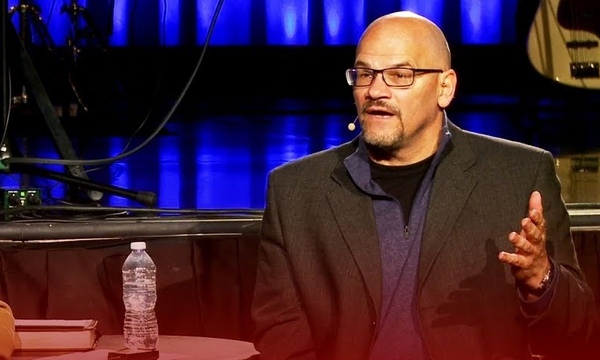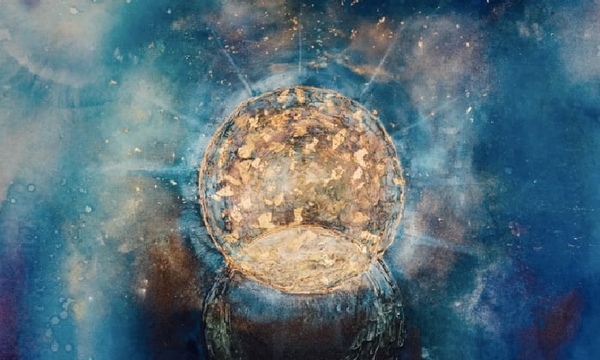Rich Buhler interviewed Craig Hazen, director of the M.A. program in Christian apologetics and professor of comparative religion and apologetics at Biola University, on KBRITE-AM 740 radio on Good Friday. The interview began with a recap of Biola University’s “Does God Exist? Debate” between atheist Christopher Hitchens and apologist William Lane Craig on April 4, 2009.
Buhler and his wife attended the debate and were not only impressed by the evidence for God presented by Craig, but also by the warm and welcoming environment provided by the Biola community to those from the atheist/agnostic community.
Hazen commented that the debate displayed one of the largest problems with the “new atheism”— the fact that “new atheists” think they do not need to offer a “case” for atheism because they think it is so obviously correct. Hazen said atheists are deeply misguided and misinformed in that they think that those of us who believe in God do so simply on the basis of “blind leaping.” Atheists think that all religious belief, by definition, has no reason or evidence behind it.
As a result, Buhler and Hazen discussed evidence for the resurrection of Jesus. According to Hazen, the resurrection is one of the best-attested facts of classical antiquity. He said that the case is so good, that you can take the “bare bones” facts provided by the scholars who are unbelievers and skeptics and when you weigh them carefully, a resurrection is the best explanation for those facts. Hazen maintained that even the harshest critics of Christianity inadvertently help to make the case for the resurrection of Jesus by affirming the central facts in the case.
Hazen presented the following evidence during his interview:
- Jesus died by crucifixion
- He was buried in the tomb of Joseph of Arimathea
- The tomb was discovered to be empty just a few days later
- The closest followers of Jesus were transformed from doubters who were afraid to identify themselves with Jesus to bold proclaimers of his death and resurrection
- The “Resurrection message” was the center of preaching in the early church
- This message was especially proclaimed in Jerusalem
- As a result of this message, the church was born and grew
- Sunday became the primary day of worship
- James (a skeptic) and Paul (a persecutor) were both converted by what they believed were real appearances of the risen Jesus
Hazen and Buhler also discussed some provocative theories of the Resurrection such as The Identical Twin Brother Theory, The Legend Theory, and The Swoon Theory. Hazen also said that there are many more facts to work with if one simply opens up the reliable historical documents — the New Testament. But even working with only the facts that our critics agree with, it is easy to see how the bodily resurrection of Jesus is the only adequate theory to explain the data.
Written by Joseph Gorra, Apologetics.
 Biola University
Biola University
_(1).jpg)

_(1).jpg)